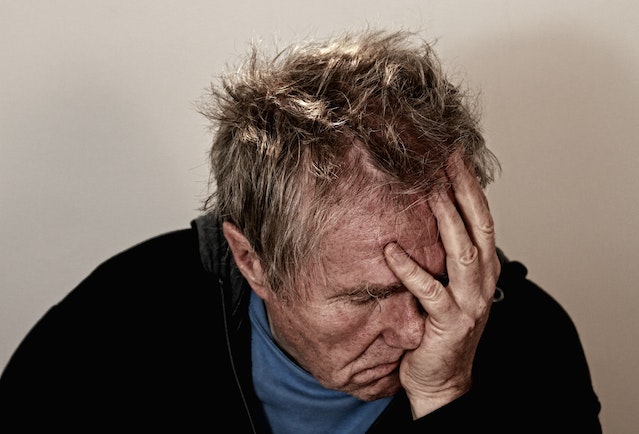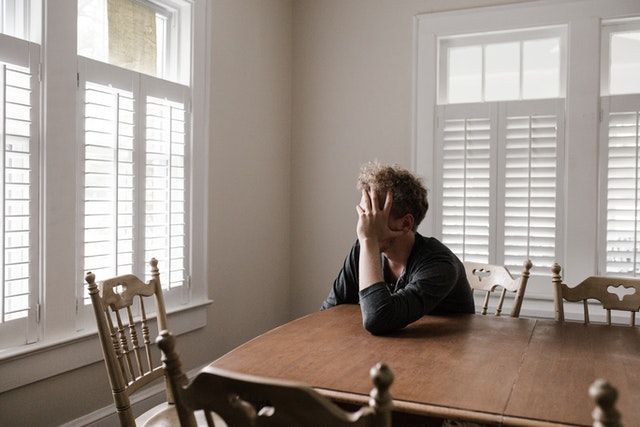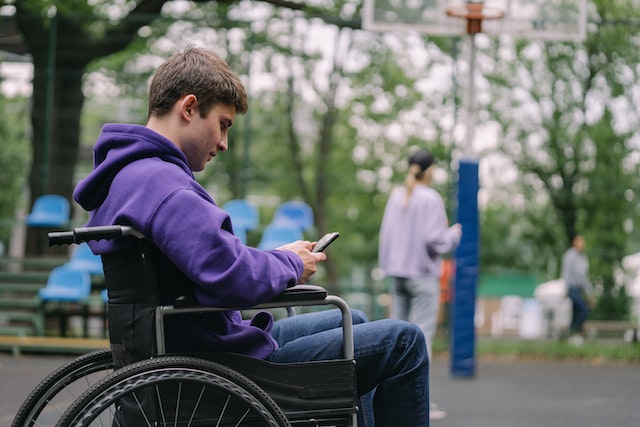Cervical spine injuries can range from mild to severe, and the resulting symptoms can vary greatly depending on the location and severity of the damage. In general, however, patients with cervical spine injuries often face a number of challenges during their rehabilitation.
Cervical spine injuries are a life-altering events. Patients who suffer from a cervical spine injury often face many challenges as they work to regain their health and quality of life. This blog post will explore some challenges that patients with cervical spine injuries face.
Cervical spine injuries can be very debilitating, impacting a person’s ability to move and function in daily life. The most common type of cervical spine injury is a C5-C5 injury, which occurs when the bones in the neck are damaged. Rehabilitation is often necessary for patients with this type of injury, as it can help them regain movement and improve their quality of life.
However, rehabilitation can be challenging for these patients, as they may experience pain, limited mobility, and other difficulties. Here are some of the challenges that patients with cervical spine injuries may face during rehabilitation:

Pain
One of the most common challenges faced by patients with cervical spine injuries is pain. This pain can occur due to damage to the bones and tissues in the neck, and it can be exacerbated by movements or activities that put pressure on the neck. Patients may need to take pain medication to help manage their symptoms. Gentle physical therapy to support the neck muscles can be recommended.
Limited mobility
Another common challenge for patients with cervical spine injuries is limited mobility. This limitation can be due to the damage to the bones and tissues in the neck, which can make it difficult or impossible for patients to move their heads and neck. This limitation can also be caused by muscle weakness, which can make it difficult for patients to lift their heads or turn their bodies. Patients may need to use assistive devices, such as a wheelchair, to help them get around.
Muscle atrophy and stiffness
Muscle atrophy is the loss of muscle mass and can occur when the muscles are not used properly or are not receiving enough blood flow. This can lead to weakness and difficulty moving the affected limbs.
Spasticity is another common challenge, which is caused by damage to the nervous system. This can lead to tightness in the muscles and joints, as well as pain. Both of these conditions can make it difficult for patients to perform daily activities and participate in rehabilitation.
Difficulty swallowing
Patients with cervical spine injuries may also have difficulty swallowing. This difficulty can be caused by damage to the bones and tissues in the neck, which can make it difficult for patients to move their heads and neck.
This limitation can also be caused by muscle weakness, which can make it difficult for patients to lift their heads or turn their bodies. Patients may need to use a feeding tube to help them get enough nutrition.

Social Isolation
While the internet has made it easier than ever to connect with people all over the world, social isolation is still a major problem for many. This is especially true for those who have suffered a cervical spine injury.
Due to the nature of their injuries, patients with cervical spine injuries often have to spend a great deal of time alone. This can lead to feelings of loneliness and isolation.
There are several challenges that patients with cervical spine injuries face when it comes to social isolation. First, they may not be able to participate in activities that they once enjoyed. This can lead to boredom and a feeling of disconnection from the world.
Second, patients with cervical spine injuries may not be able to physically interact with other people. This can make it difficult to form and maintain relationships.
Finally, patients with cervical spine injuries may feel like they are a burden to others. This can further isolate them as they may feel like they cannot ask for help or support.
Depression
According to a study published in the Journal of Spinal Cord Medicine, up to 80 percent of people with cervical spine injuries experience depression.
There are a number of reasons why patients with cervical spine injuries may be more prone to developing depression. One reason is that these injuries can lead to a loss of independence and mobility. This can be devastating for patients, who may have been very active prior to their injury.
Another reason why patients with cervical spine injuries may be more likely to experience depression is because of the chronic pain that is often associated with these injuries. Cervical spine injuries can cause a great deal of pain, which can make it difficult for patients to participate in activities that they once enjoyed. This can lead to feelings of isolation and loneliness.
Low self-esteem is another common challenge faced by patients with cervical spine injuries. These patients may feel like they are no longer able to do the things that they once enjoyed or that they are not as attractive as they once were. This can be a difficult thing to cope with, and it can lead to depression.
Anxiety
Anxiety is another common complication of cervical spine injuries. This anxiety can be due to the fear of further injury, as well as the uncertainty of the future. Patients may need to take medication to help manage their symptoms.
There are a number of reasons why anxiety may be more pronounced in those with cervical spine injuries. First, the injury itself can be very traumatic and life-changing. This can lead to feelings of fear, uncertainty, and isolation.
In addition, the physical symptoms of a cervical spine injury can be very debilitating and painful. This can further contribute to anxiety and stress levels.
Bed Sores
Bed sores, also known as pressure sores, can be a big problem for patients with cervical spine injuries. When you are bedridden, it is hard to move around and reposition yourself to avoid getting bed sores. Bed sores are caused by pressure on your skin, which can cause the skin to break down. They can also be caused by friction when your clothes rub against your skin.
If you would like to know more about treating or preventing bed sores, there is a related blog article that can be found here.
Personal Hygiene
One of the most important things for people with cervical spine injuries is to maintain good personal hygiene. This can be a challenge for many reasons. First, people with spinal cord injuries often have difficulty moving their arms and hands. This can make it hard to wash properly. Second, people with spinal cord injuries often have problems with bowel and bladder control. This can lead to skin problems and infections.

Financial stress
Financial stress is one of the many challenges faced by patients with a cervical spine injuries. The cost of medical care and rehabilitation can be overwhelming, especially if insurance does not cover all of the expenses. Many patients are unable to return to work after their injury, which can add to the financial burden. Patients and their families may need to make difficult decisions about how to pay for necessary medical care.
Caregiver burden
Caring for a loved one with a cervical spine injury can be challenging, as it can be time-consuming and emotionally draining. Patients and their caregivers may need to seek out support to help them cope with this burden.
The physical and emotional demands of caring for someone with a spinal cord injury can be overwhelming and can lead to burnout. Caregivers may feel isolated, anxious, and depressed. They may also have difficulty balancing their own needs with the needs of the person they are caring for.
Conclusion
Though a cervical spine injury can be incredibly debilitating, there are treatments available to help patients on their road to recovery. If you or someone you know has experienced a cervical spine injury, book an appointment with Dr. Jesse Lieberman for a personalized consult. Dr. Lieberman will work with you to develop a treatment plan that meets your individual needs and gives you the best possible chance for recovery.
BLOG AUTHOR
Dr. Ismail Sayeed
Dr. Sayeed is the Medical Director of ViOS, Inc. He is a deeply committed physician entrepreneur & medical blog writer. While building the global infrastructure of the VIOS Clinic, he is dedicated to educate people on the potential of specialist telemedicine for managing chronic diseases.
Read more about him in his author bio

